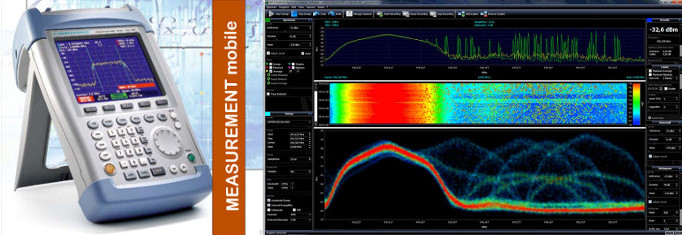
802.11a/b/g/n/ac/ax compatible antenna
Each interline product is designed to perform in a variety of environments. Implementing the antenna system can greatly improve coverage and performance.To optimize the overall performance of a wireless LAN, it is important to understand how to maximize radio coverage with the appropriate antenna selection and placement. An antenna system comprises numerous components, including the antenna, mounting hardware, connectors, antenna cabling, and in somecases, a lightning arrestor.
A new broadband antenna from the popular logis series. The antenna works with two beams of radiation. Contemporary storage halls have roof and ceiling coverings made of metal or reinforced concrete, which makes it easier to reflect radio waves. One of the radiation beams in these antennas covers the area "straight ahead" and the second after reflection, the areas covered (between shelves, machines and other devices).
An example of using two or more antennas up to 1 AP (working in the MIMO system).
MIMO Antenna Systems
MIMO antenna systems are used to overcome a phenomenon known as multipath distortion or multipath interference. A diversity antenna system uses two or more identical antennas, located a small distance apart, to provide coverage to the same physical area.
Multipath Distortion
Multipath interference occurs when an RF signal has more than one path between a receiver and a transmitter. This occurs in sites that have a large amount of metallic or other RF reflective surfaces.
Just as light and sound are reflected from objects, just like RF. This means that there may be more than one path that RF adopts when passing from the transmit (TX) antenna and the receiving (RX) antenna. These numerous signals combine in the RX antenna and the receiver, resulting in signal summation, increasing bandwidth and reliability.
For MIMO system, The distance between the antennas should be (0.5, 1.5λ) and so on
Antenna system in built-up areas, (obstacles, reflections, distances) requires space separation of antennas.
For the optimum coverage area, we recommend that the antennas be spaced 2-10λ or more apart...
We calculate the following-
The wavelength is obtained by dividing 300 / MHz,
the resulting result is 1λ.
Calculating the optimum distance between antennas for two bands,
we take the mean value.
For bands 2.4 and 5GHz it is 35/70 / 140mm and so on ...
The radio link quality in a warehouse or factory mainly depend on the diffracted and reflected waves by various objects (machines, walls, ceiling …), in this case it is strongly recommended to use equipments with two antennas that support the diversity mode, we offer several models that support the diversity mode.

Key benefits
- SOLIDNA OBUDOWA

compliance
electrical
- 2400 - 2500
- 4900 - 6000
- 6dBi
- 7dBi
- 360°
- 30°





















